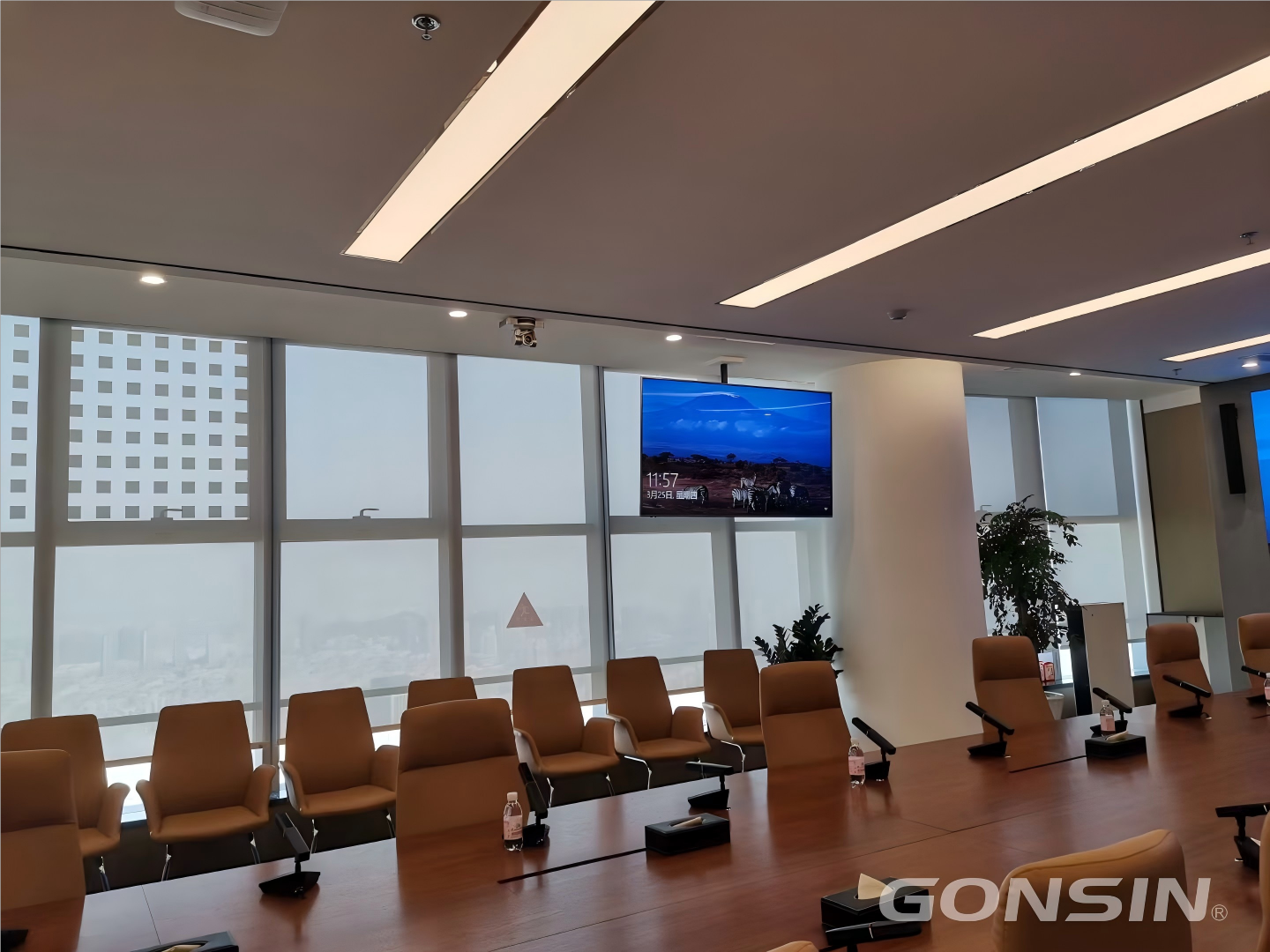Resources
Products
In today's fast-paced technological and societal development, the amount of information people possess and encounter in daily life and work is increasing. As a result, information exchange and communication between people have become more frequent and crucial. Business negotiations, product demonstrations, guest meetings, and government directives all involve human interaction. To better achieve our goals, we rely on the method we have always used—meetings, and fortunately, we have the help of digital conference systems. This article will explore what a digital conference system is, its characteristics, and the subsystems that make up a digital conference system.

A digital conference system is a conference automation management system that integrates computer, communication, automatic control, multimedia, image, and audio technologies. The system organically links various independent subsystems such as conference registration, speech, voting, video, audio, display, and network access into one unified system. The central control computer coordinates the work of each subsystem according to the conference agenda, providing the most accurate and immediate information and services for large international conferences, academic reports, remote conferences, etc.
Digital conference systems use computer, digital, and network technologies for networking all systems, transmitting digital signals throughout the cables. This not only greatly improves sound quality and system reliability but also fundamentally eliminates issues such as interference, distortion, crosstalk, and system instability commonly found in traditional conference systems. This ensures that every delegate can hear stable and pure sound. The operation of the system and the conference process are fully controlled, making system operation and installation very simple.
Digital conference systems transmit digital signals internally, with the microphones used by delegates adopting "analog-to-digital" conversion technology. Most unit devices also use analog-to-digital and digital-to-analog converters, allowing external analog devices (such as broadcasting, recording, wired or wireless audio devices, etc.) to enter the digital system network directly through the audio media interface.
For conferences with any level of requirements, a corresponding system can be formed by selecting the appropriate equipment through modular choices. More multimedia equipment can also be added to established systems and controlled via computer software, further expanding the system.
Digital conference systems generally consist of subsystems such as network subsystems, projection display subsystems, audio subsystems, monitoring subsystems, conference speech subsystems, and central control subsystems. All systems use the computer network as a platform, sharing data and control information, allowing for decentralized operations and centralized control. This enables equipment operators to easily and quickly monitor and control all devices.
Overall, digital conference systems have completely changed the traditional meeting mode. In the future, with a broader vision and greater flexibility, they will deeply permeate various fields of social life, becoming important tools for promoting innovation in conference and collaboration methods. GONSIN's digital conference systems, with their advanced technology and intelligent features, will help various industries enhance efficiency and optimize communication methods, leading the innovative development of future conference modes.
Gonsin is here to offer you the customized solutions for conference audio and video system.